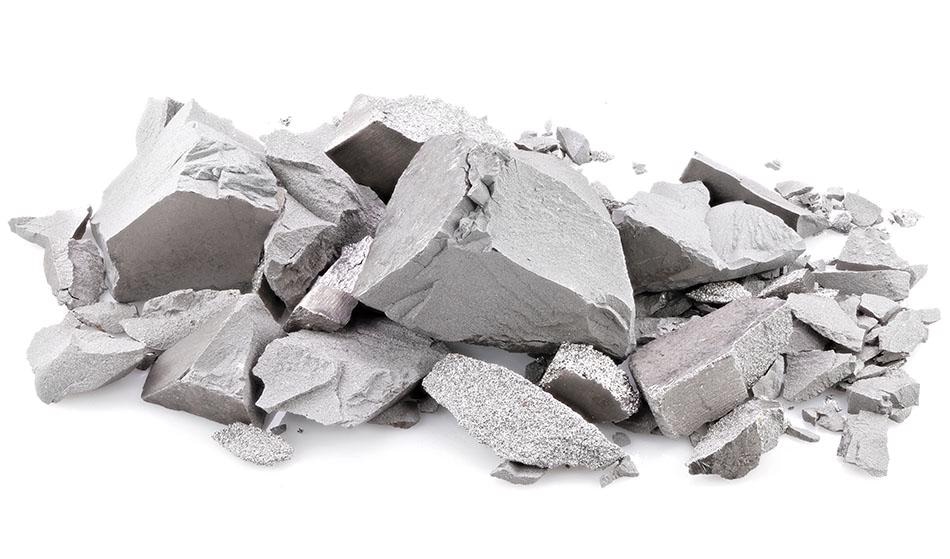Feb 15 2002

Bjoern Wylezich / Shutterstock
Catalysts are used in chemical processes to alter the mechanisms of chemical reactions. They provide an energetically favorable pathway, speeding up reactions that would typically be very slow or would not occur at all. Essentially, the catalyst remains unchanged after the reaction.
In chemical applications, tungsten is mainly used as a catalyst:
- DeNOx catalysts are used for removing nitrogen oxides from combustion power plant stack gases through selective catalytic reduction with ammonia. The resultant products are water vapor and nitrogen, which are harmless. Standard DeNOx catalysts are honeycomb-shaped TiO2WO3V2O5 ceramics.
- Nickel and tungsten oxides on ceramic carriers are used as catalysts for hydrodesulfurization, hydrocracking, and hydrodenitrification of mineral oil. Such catalysts help in increasing the production of gasoline and other light hydrocarbons in crude oil processing. They also help in making the products more environment-friendly by reducing the contents of sulfur, nitrogen compounds, and aromatic hydrocarbons.
- Other tungsten-containing catalysts are used in numerous applications in the chemical sector; applications include hydration and dehydration, epoxidation, hydroxylation, reforming, polymerization, isomerization, and dehydrogenation.
Generally, catalyst production begins with the highly water-soluble ammonium metatungstate [(NH4)6H2W12O40 x H2O], ammonium paratungstate, or tungstic acid [H2WO4]. In the finished catalyst, tungsten mainly exists in the form of tungsten sulfide or oxide, or in the form of phosphotungstic acid—called “superacid” in the organic chemist’s terms.
Superfine tungsten carbide is another example of catalytically active tungsten compounds. It is mainly prepared by thermal decomposition of organic substances in the presence of an appropriate tungsten compound.
Chemical Products
Commercially available tungsten compounds like ammonium tungstate, sodium tungstate, tungstic acid, or tungstic oxide are generally used as raw materials in the manufacture of chemical products. The following list provides a few examples:
- Inorganic pigments are used in ceramic glazes and enamels. Tungstic oxide or tungsten acid is used in bright yellow glazes. Tungsten bronzes, that is, partially reduced alkali and alkaline earth tungstates, are available in several bright colors.
- Examples of bright white pigments are barium and zinc tungstate. Colored organic dyes and pigments based on phosphotungsto-molybdic acid and phosphotungstic acid are used in rubber, paints, printing inks, plastic, and other materials.
- For temperatures beyond the application range of molybdenum disulfide, tungsten disulfide is used as a lubricant. Additionally, it is used to form a self-lubricating surface on razor blades.
- Organic tungsten compounds have been patented as viscosity stabilizers in lubricant oils.
Laboratory Applications
Tungsten is used in various applications in laboratories, for instance:
- Sodium metatungstate is used for preparing heavy liquids, which, in turn, are used for separating minerals through density in mineralogy or through density gradient centrifugation in biochemical analysis.
- High purity sodium tungstate is used as a reagent in biochemical analysis.
- High purity tungsten granules are used as an accelerator to determine carbon and sulfur in metals, through combustion in an induction furnace.